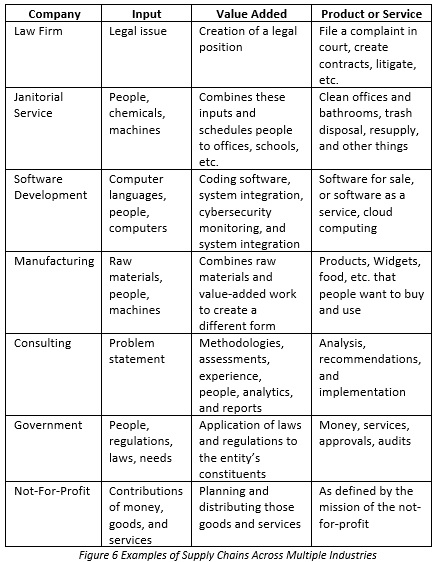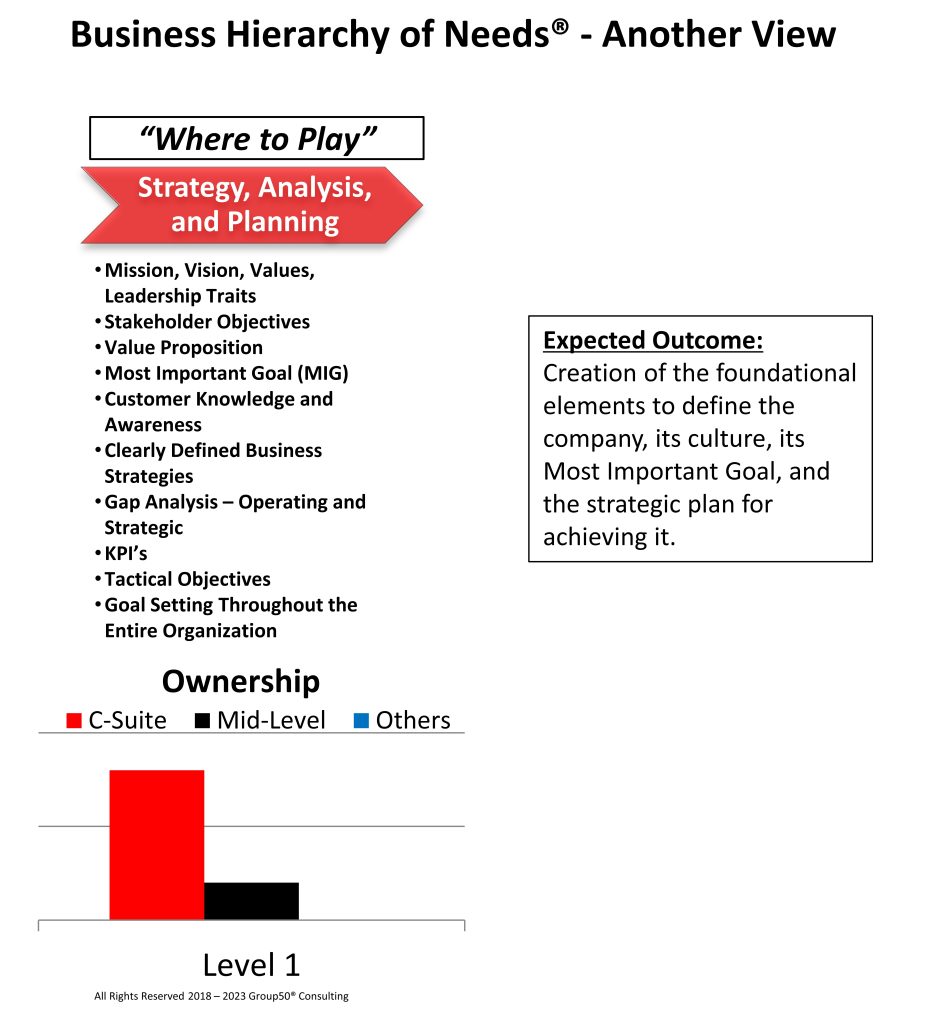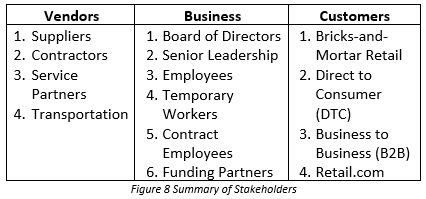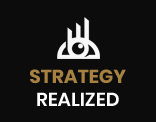Introduction to Level 1 of the Business Hierarchy of Needs®
Level 1 is the foundation of the Business Hierarchy of Needs®. A strong foundation is a requirement for everything we do, and it is necessary for the successful development and implementation of strategy. It requires that a company:
- Has a clear definition of who it is and why it exists.
- Fully understands its value proposition.
- Has a supply chain that delivers high-quality goods and services.
You will hear me talk about supply chains because I am at heart a manufacturing guy. For the purposes of this book, let us agree on the following:
“Every business has a supply chain. A supply chain is defined as the accumulation of things upon which the company adds value,
sells that product or service to its customers, and manages the customer experience until the end of life of the product.”
This definition is important because your effectiveness in managing your supply chain is what differentiates you from your competitors and allows you to grow and sustain your business. If your business is not in manufacturing or distribution, you might think that you do not have a supply chain. Every business has one as shown in the following examples:

When you hear me talk about supply chains, I am talking about the accumulation of inputs, modifications to them (value add) and providing a service or product that customers will choose over your competitors. Remember that this applies to both internal and external customers, which demonstrates the flexibility of the Business Hierarchy of Needs®.
Now that we have agreed on that, let us get down to defining the elements of Level 1 of the Business Hierarchy of Needs® and the expected outcomes. As stated, Level 1 is the foundation of a company’s needs. It is about creating the Most Important Goal (MIG), building strategy around it, defining success, and how to measure it. The elements are shown in the following illustration.
 Figure 7 Level 1 Elements of the Business Hierarchy of Needs®
Figure 7 Level 1 Elements of the Business Hierarchy of Needs®
You will see that I use the term stakeholders often in this book. Who are the stakeholders in the success of your business? When we look across the supply chain, there are many people and entities that impact strategic success and are impacted by it. I like to put stakeholders into three buckets as shown below.

It is critical that these stakeholders be aligned with and agree with the company’s strategy, the Most Important Goal, and their own contribution to strategic success. Over 90% of the companies we have worked with do not have aligned stakeholders and they then wonder why there is difficulty in executing strategy and why there is friction throughout the business and its supply chain.

